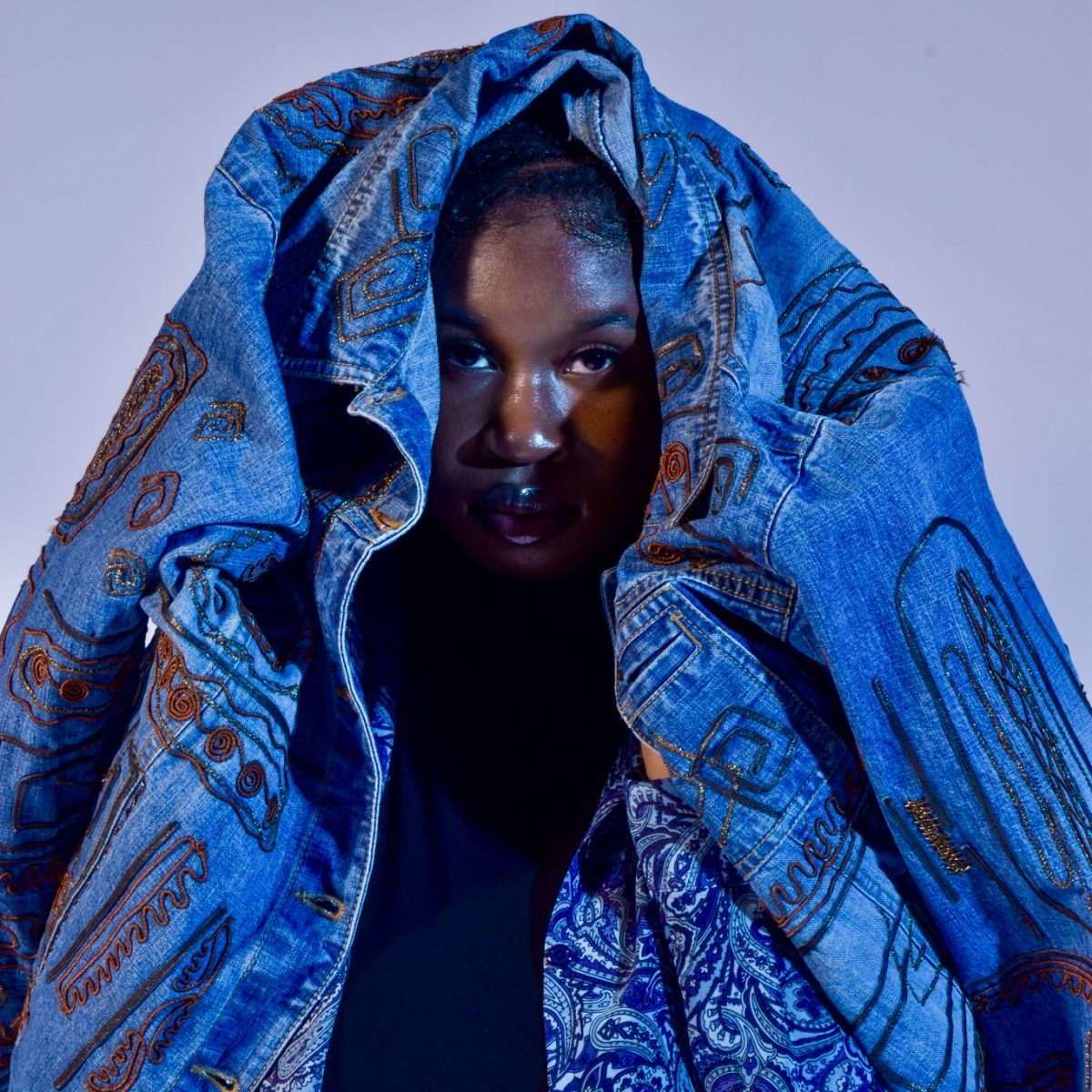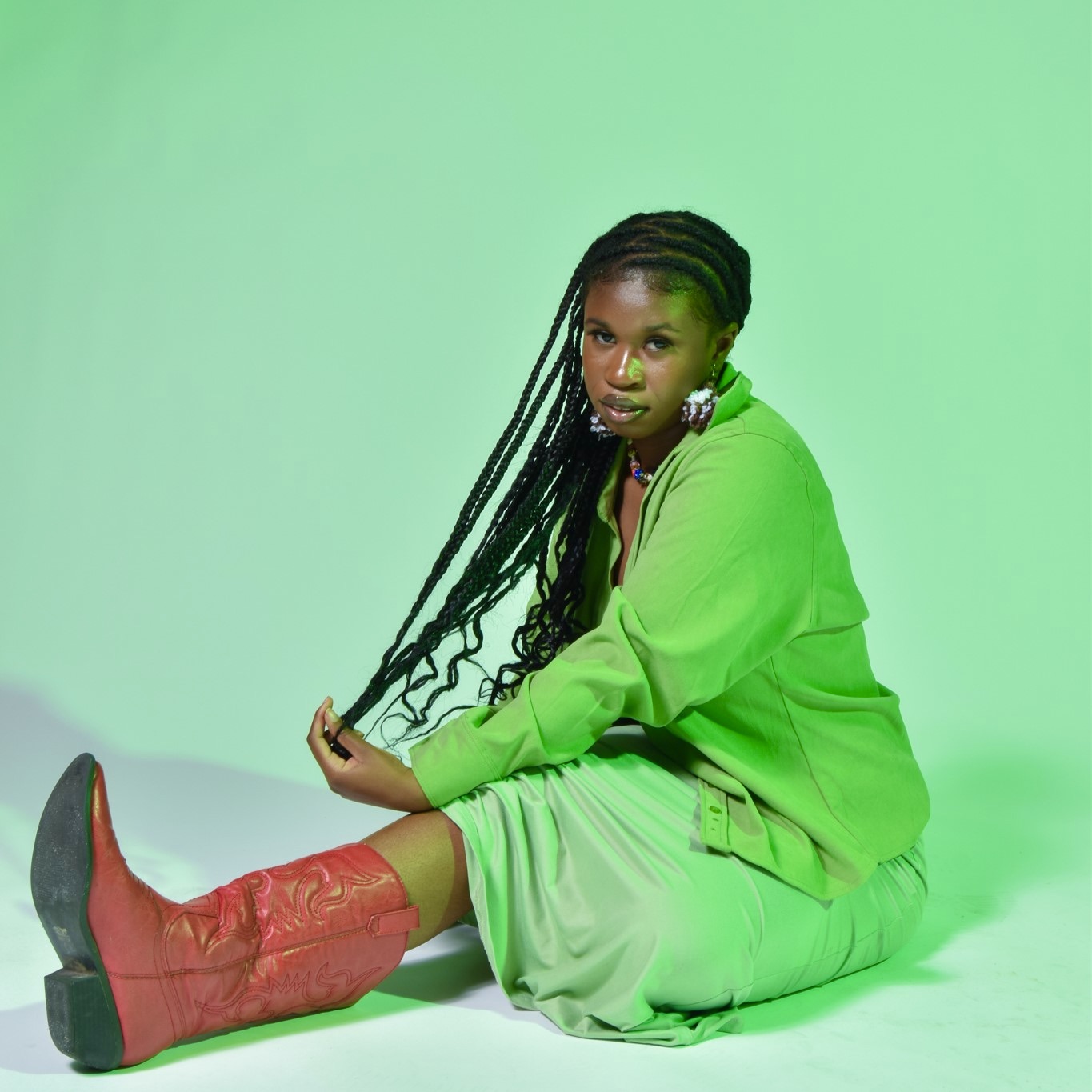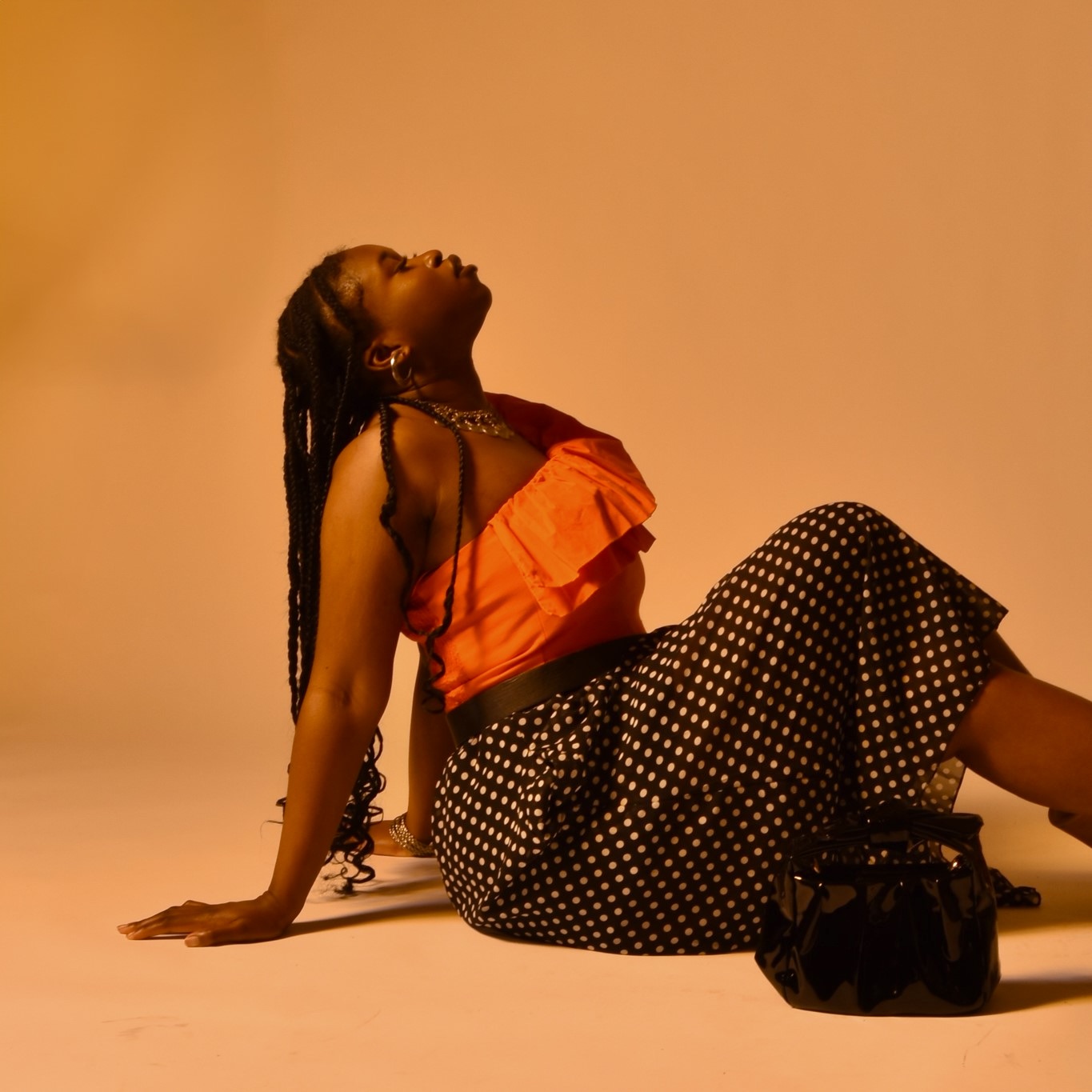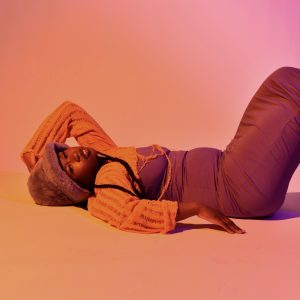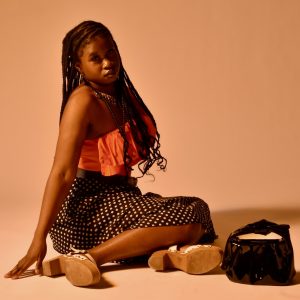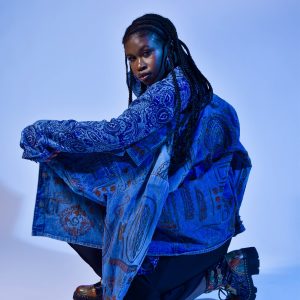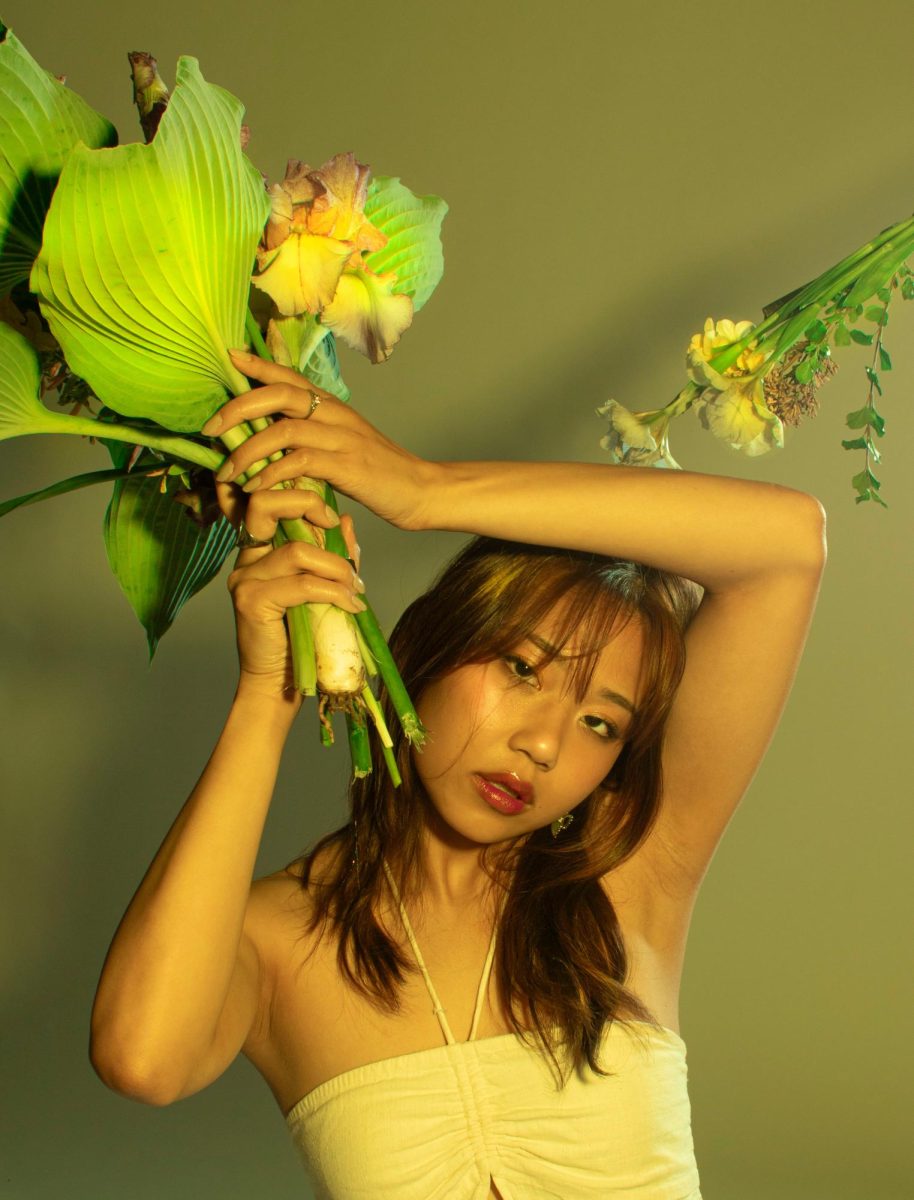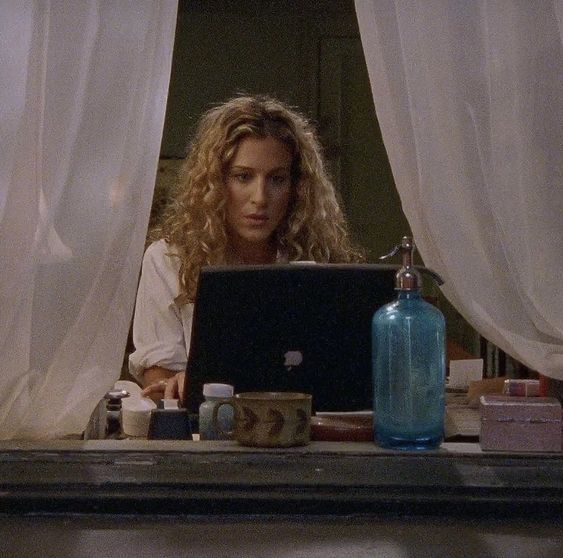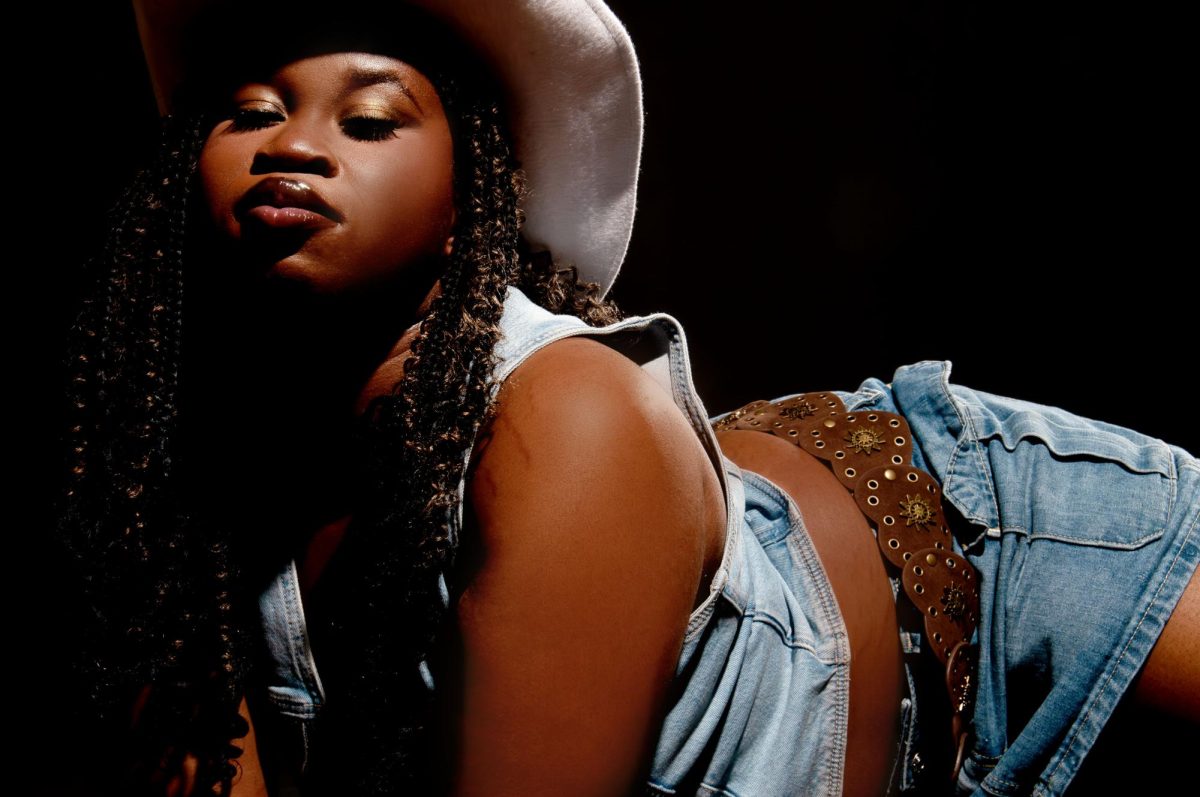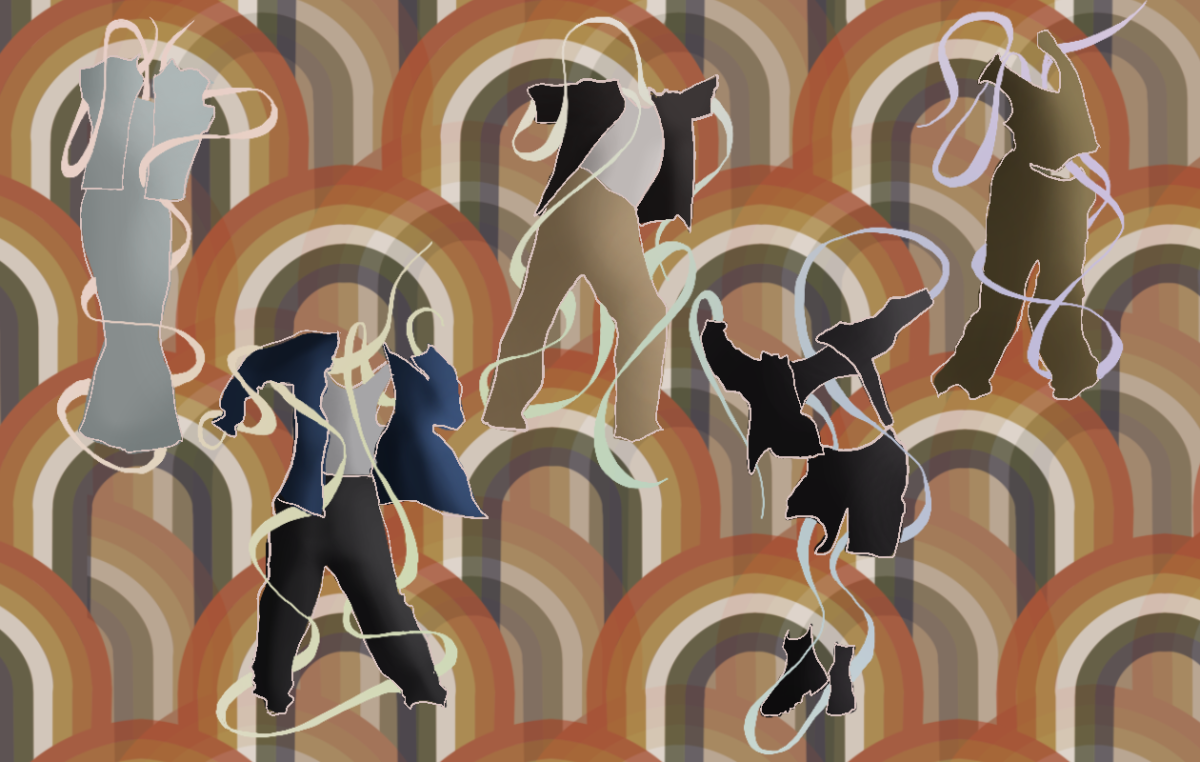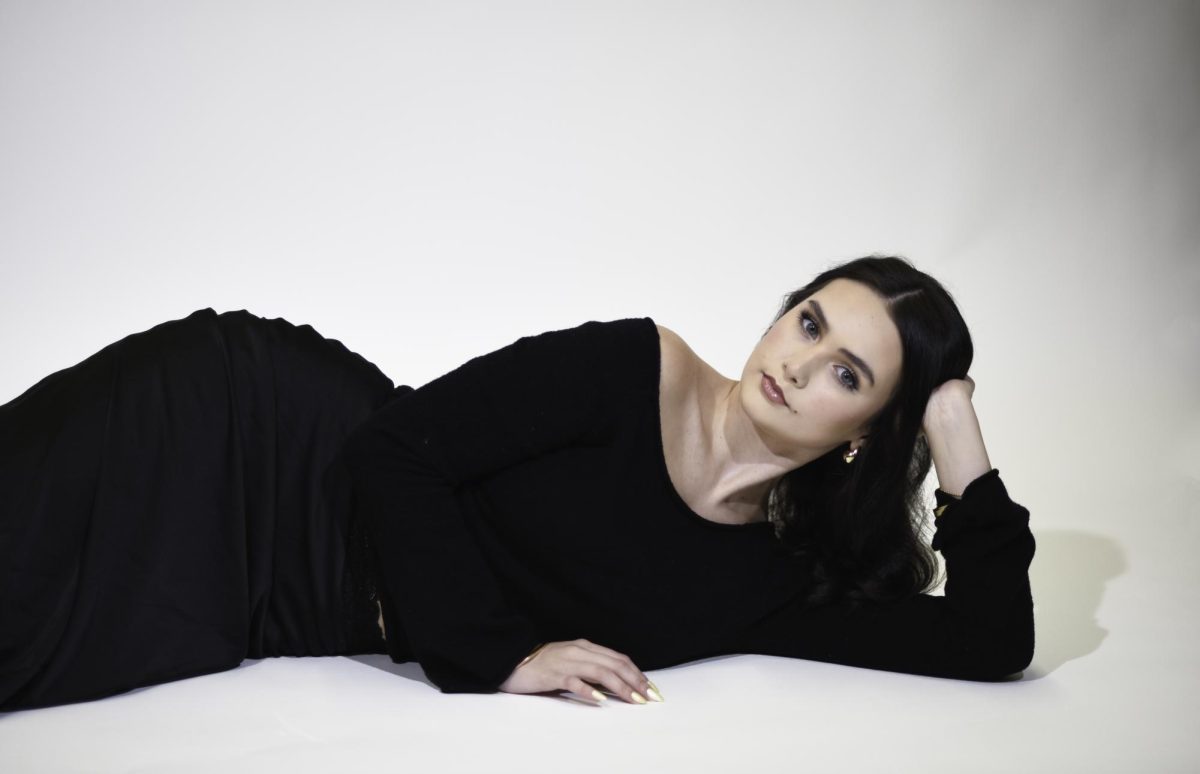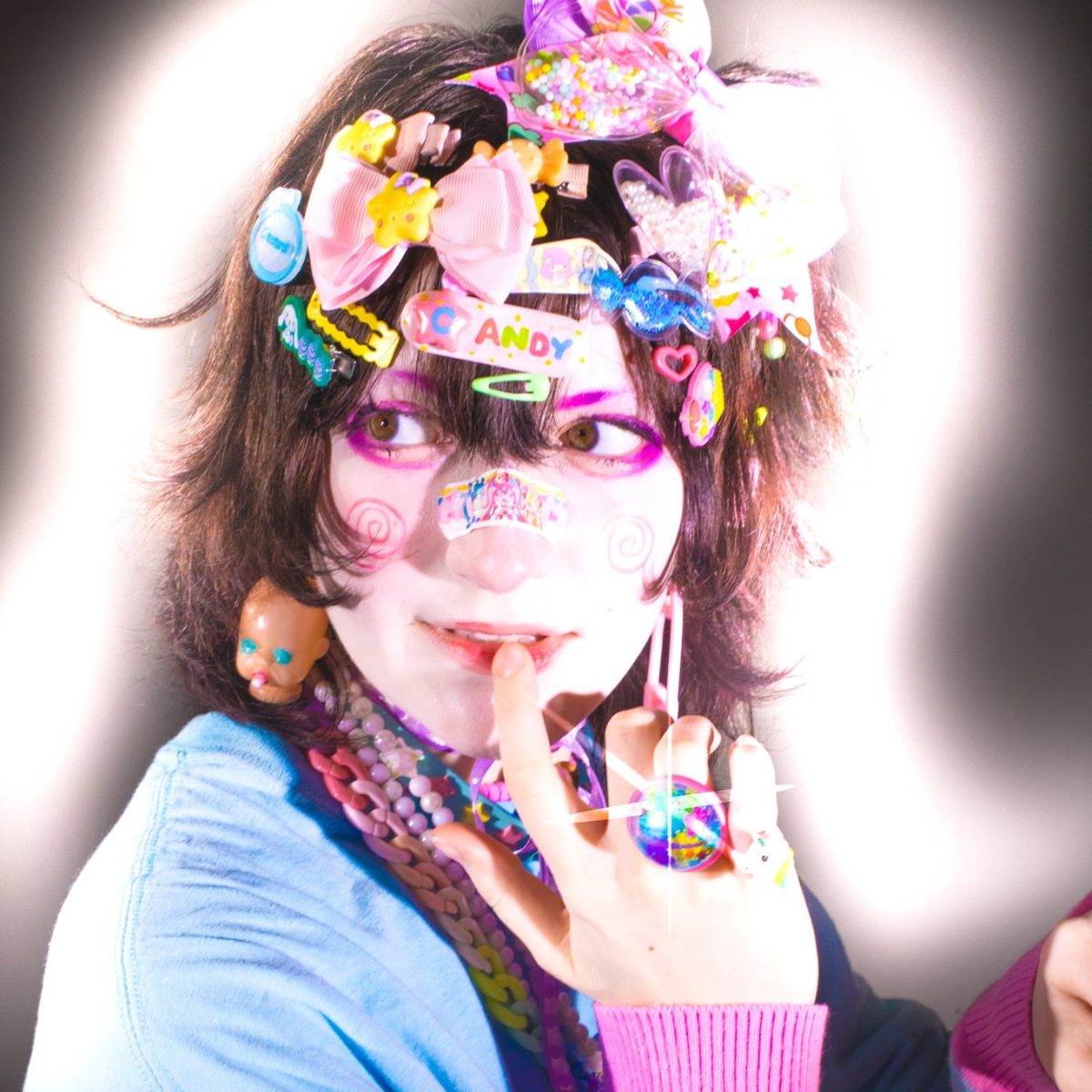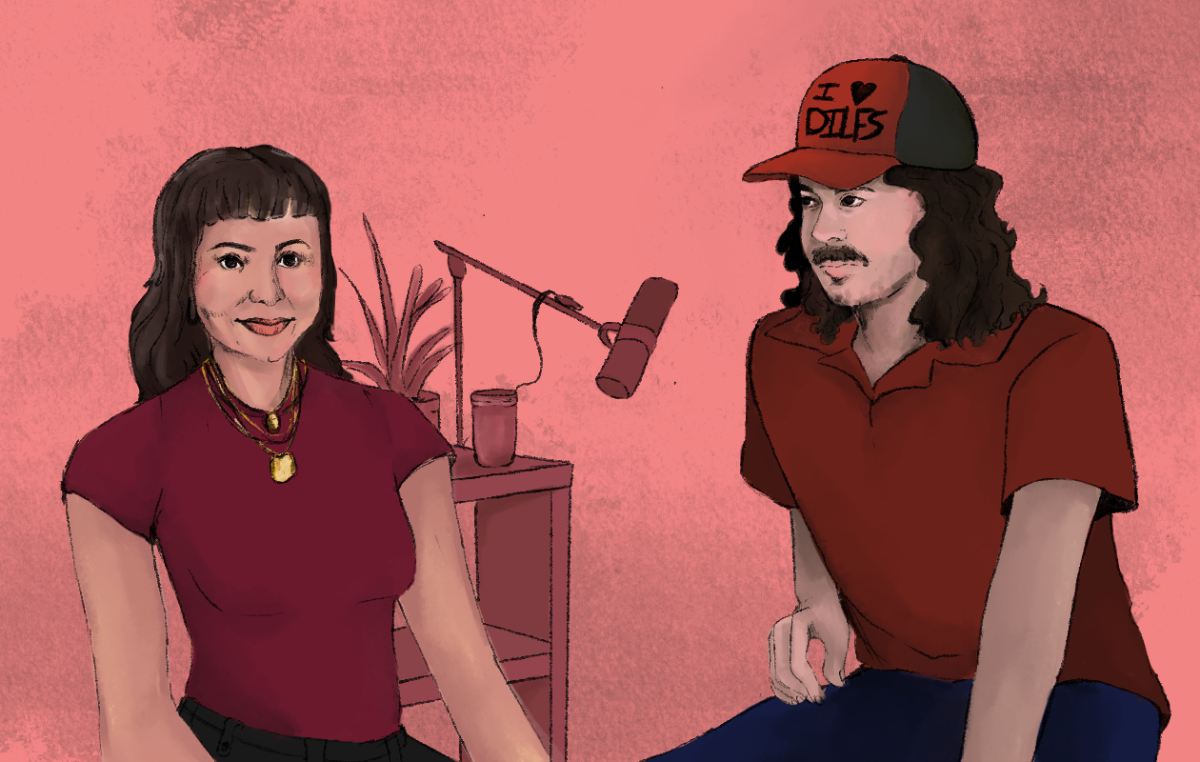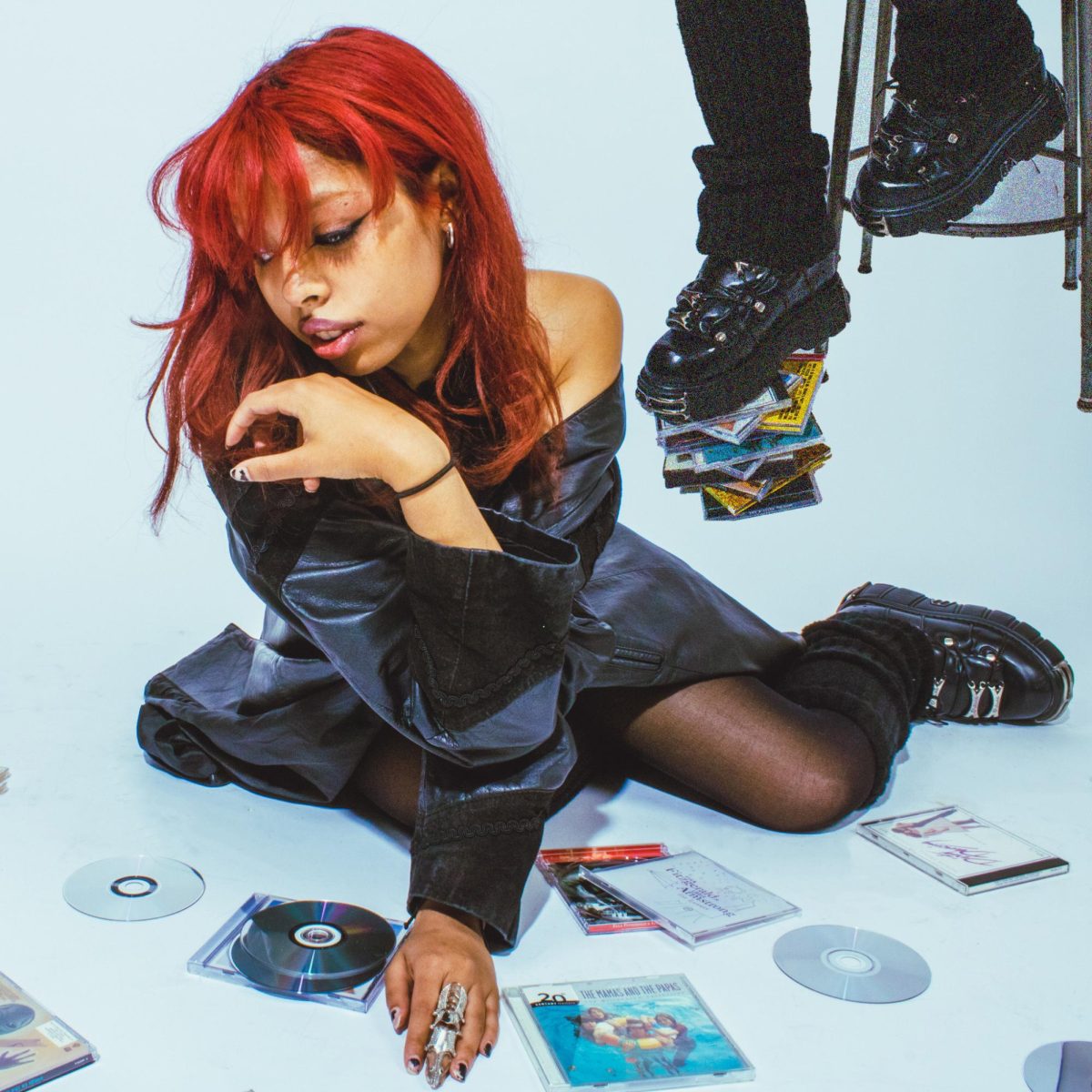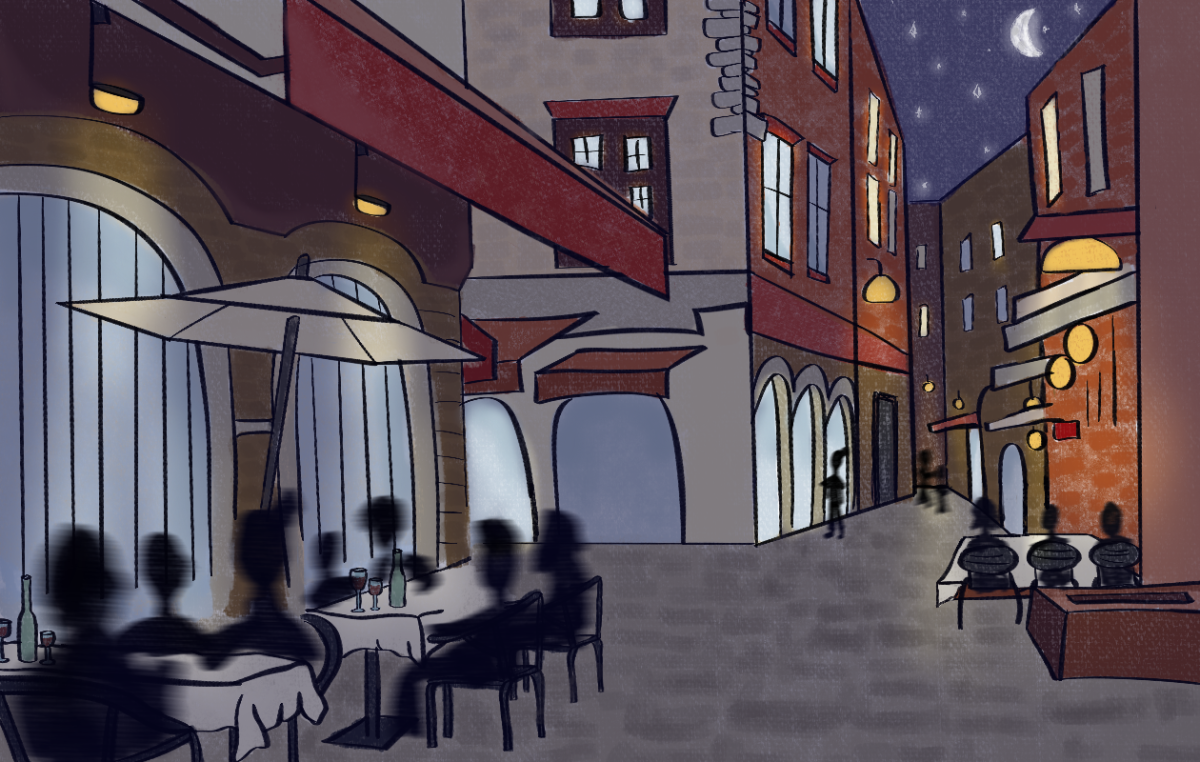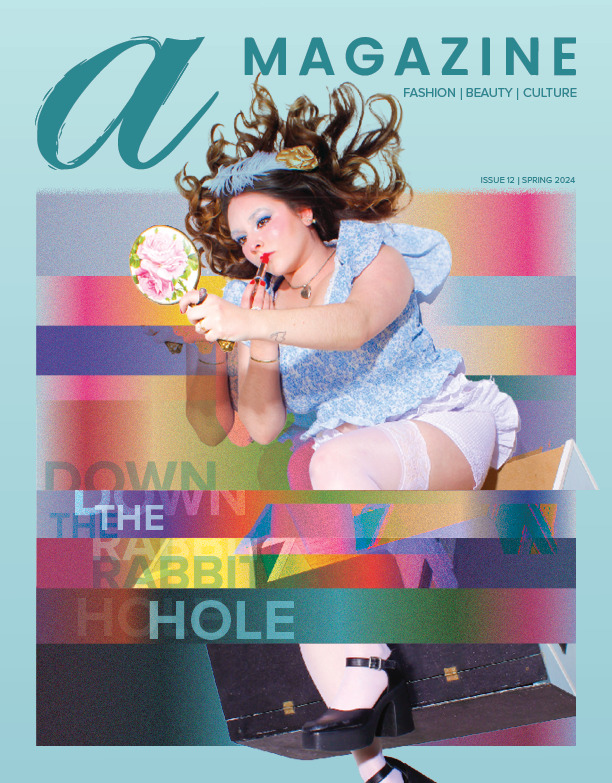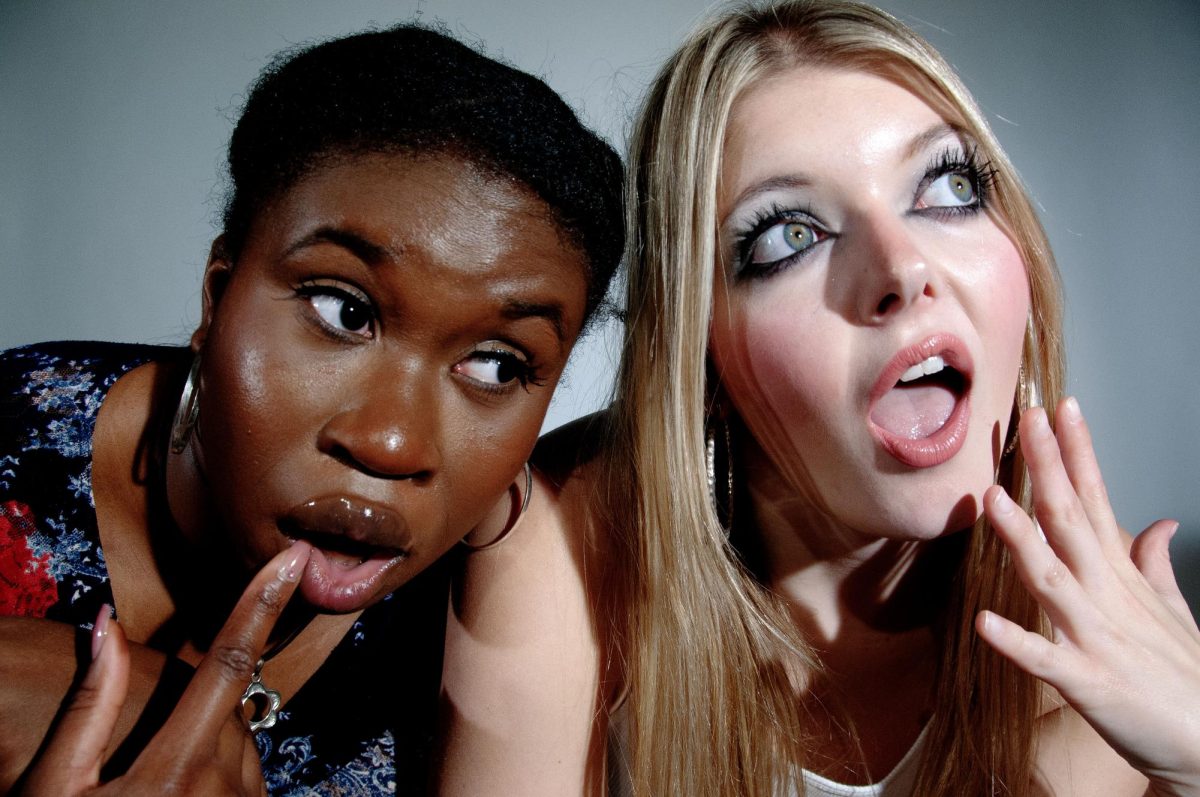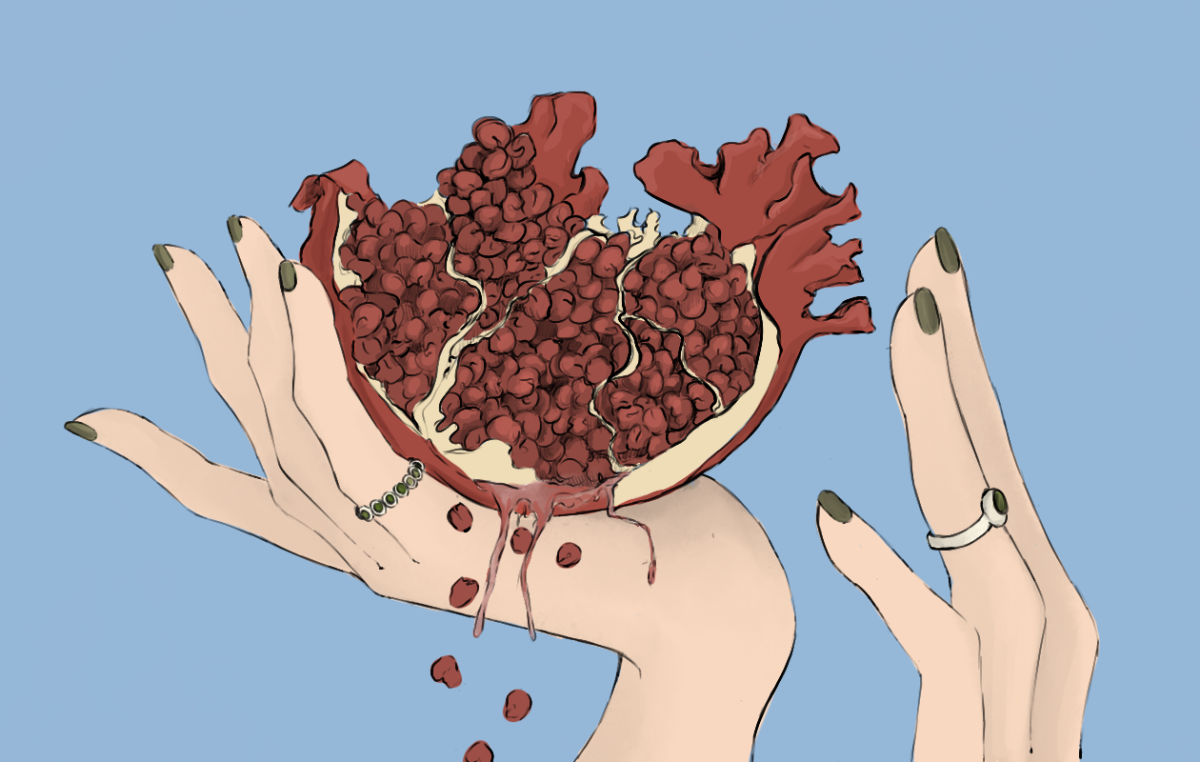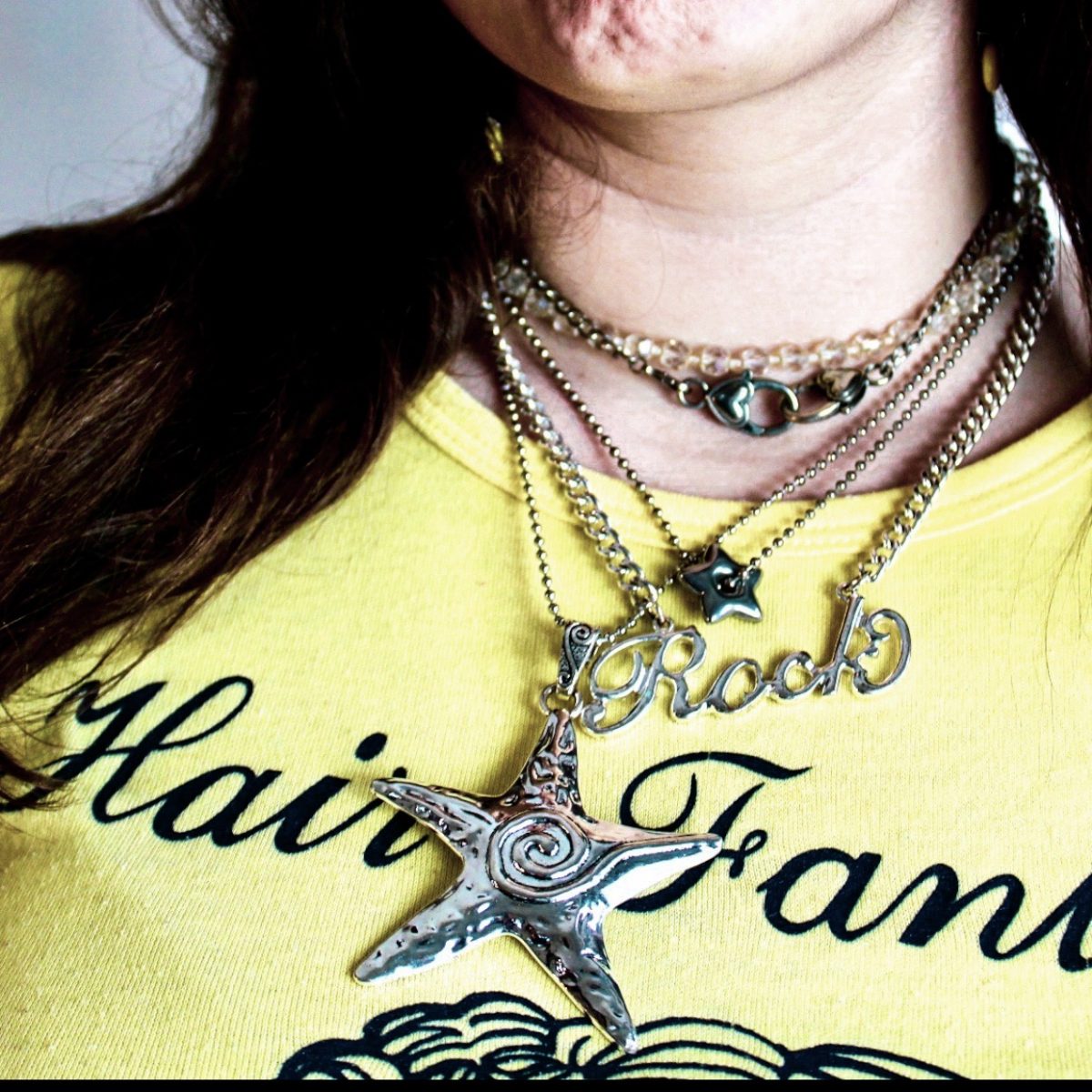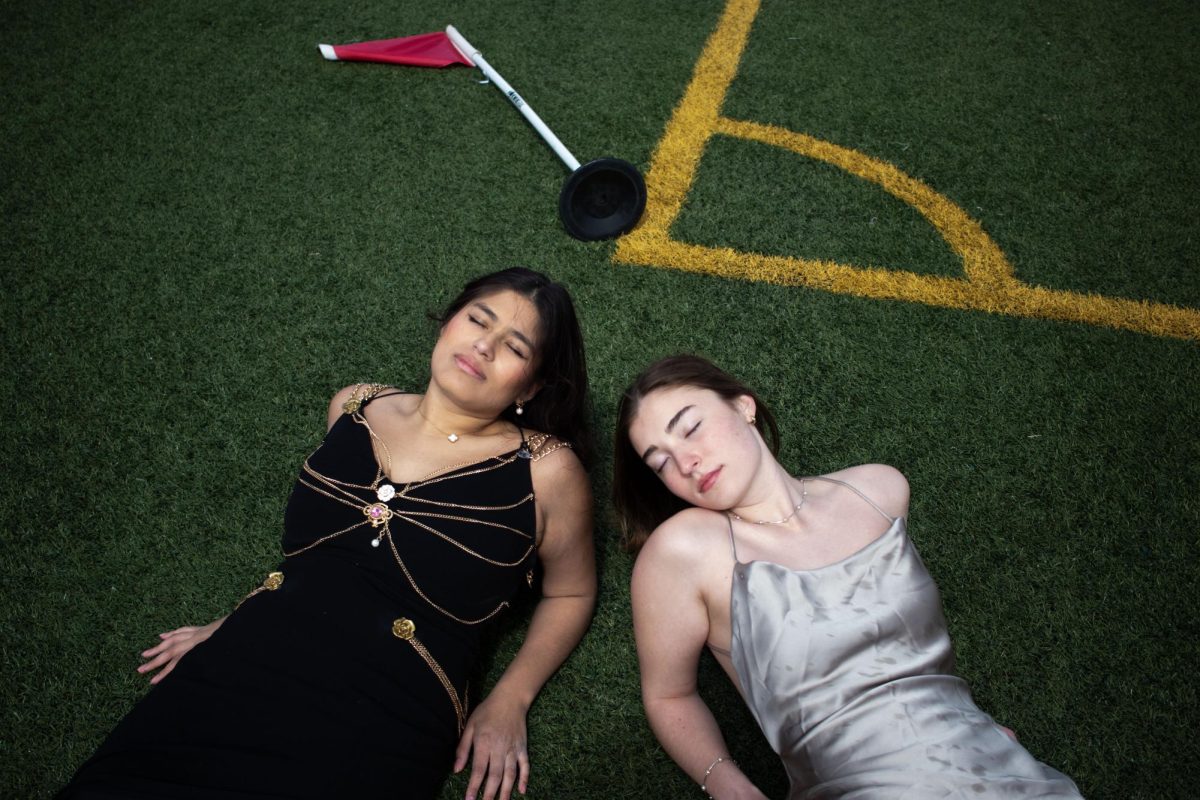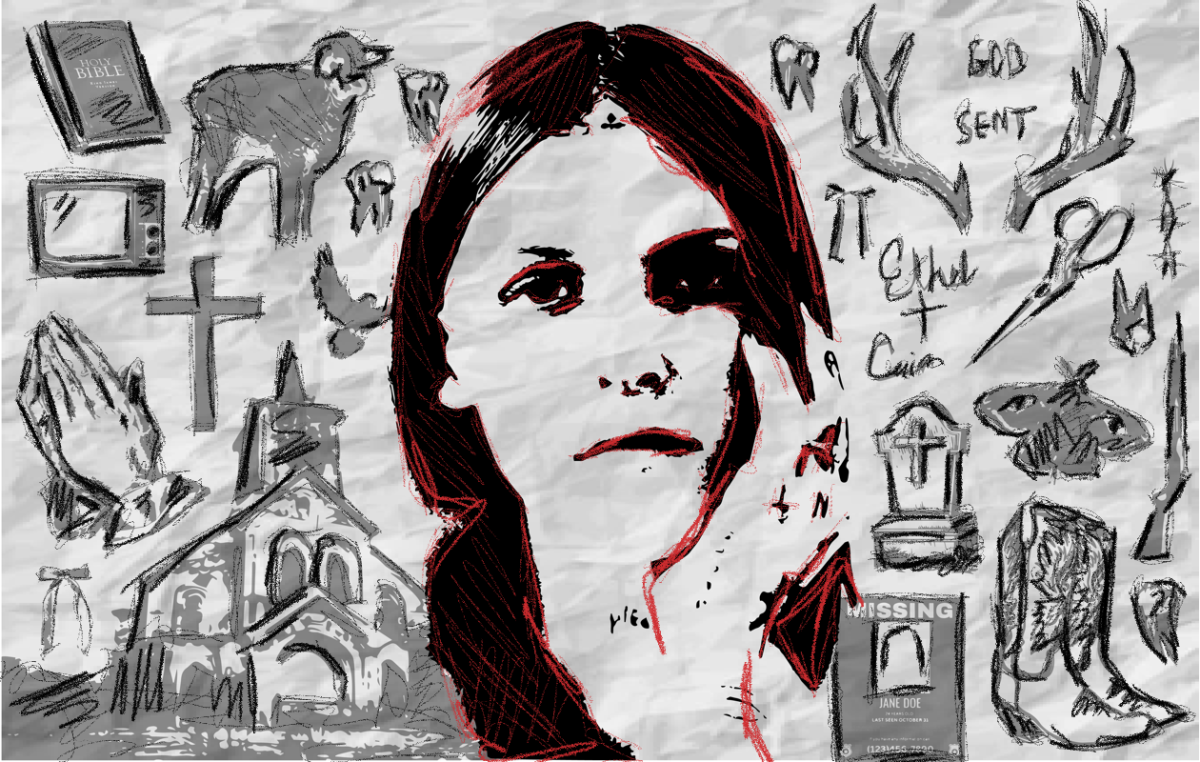Color has undoubtedly influenced fashion throughout history and continues to today. Maybe it’s because of tradition, like wearing black to a funeral or white on your wedding day, but there may be more personal reasons for the choices we make with fashion. A new concept emerged during the midst of COVID-19 lockdown where color is used to impact someone’s overall mood. This idea has been dubbed as “dopamine dressing” and may have more of an influence on our lives than we expect.
First, it is crucial to break down the term dopamine dressing into two elements–dopamine and dressing. Mental Health of America (MHA) explains that dopamine is a neurotransmitter that is released by brain neurons whenever something desirable or pleasurable occurs. While dopamine does not necessarily make you feel good, it encourages your body to indulge in those pleasurable activities more often.
Dressing is much easier to define. Fashion encompasses any way of dressing, behaving or performing in a way that is socially accepted and admired. Style, on the other hand, is more specific to each individual. Rather than wearing something that is considered trendy, a stylish person may opt for pieces that speak to them and make them feel good. It is more important for them to feel special and unique rather than to fit in with the rest of society.
Harper’s Bazaar refers to dopamine dressing as the concept of wearing certain clothing in order to boost happiness or uplift morale. This could include wearing garments that have symbolic or sentimental value, such as your grandmother’s coat that was passed along for generations, or applying color therapy to dress in a mood you want to represent.
In the arts, color and mood are closely intertwined; red typically represents anger while blue symbolizes sadness. Yellow represents happiness and joy, and green symbolizes envy or greed. According to dopamine dressings standards, colors can be used to communicate emotion or even boost morale.
In other words, it is possible to feel happier when wearing colors associated with that feeling. While colors can take on different meanings to each individual, the general rule of thumb is that bright colors produce brighter spirits. Now that it is getting colder and gloomier out, it may be a good idea to consider how to incorporate dopamine dressing into your closet to help with the winter blues.
Ellie Lambert, a third-year fashion design student at Kent State University, shared her thoughts on how dopamine dressing impacts her. She typically opts for pink, orange, red or green colored garments and avoids black, gray and brown. Her rationale behind these colorful choices relies heavily on how the colors make her feel. “I like to look fun, and I want my outfits to be exciting because then I feel excited.” Even on a bad day, “if I have a fun and bright outfit on, the day feels better.”
Color impacting emotion is not a new concept. Lambert explains that “when it’s bright outside during the summer, everyone is happier and more engaged with one another” as opposed to the winter which can be “gray, depressing, and puts everyone in a solemn mood.” For her, a brightly colored outfit puts an extra pep in her step. “It may not be for everyone, but it is for me.”
While I typically gravitate towards more neutral colors like black and brown, I can confirm that color impacts my daily mood when it relates to fashion. An all black outfit may feel powerful and intimidating, but a fluffy red sweater and some patterned pants make me feel more approachable and friendlier. As we approach winter weather, it is crucial to examine how a brighter wardrobe can enhance our emotions.
Support Student Media
Hi! I’m Annie Gleydura, A Magazine’s editor-in-chief. My staff and I are committed to bringing you the most important and entertaining news from the realms of fashion, beauty and culture. We are full-time students and hard-working journalists. While we get support from the student media fee and earned revenue such as advertising, both of those continue to decline. Your generous gift of any amount will help enhance our student experience as we grow into working professionals. Please go here to donate to A Magazine.

